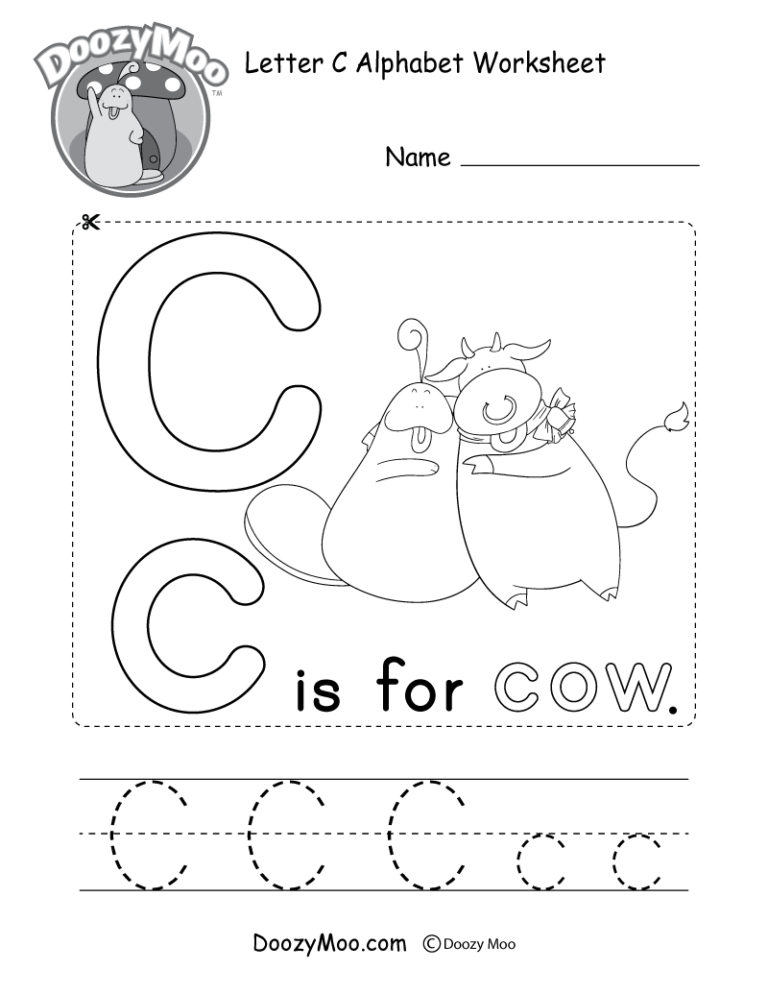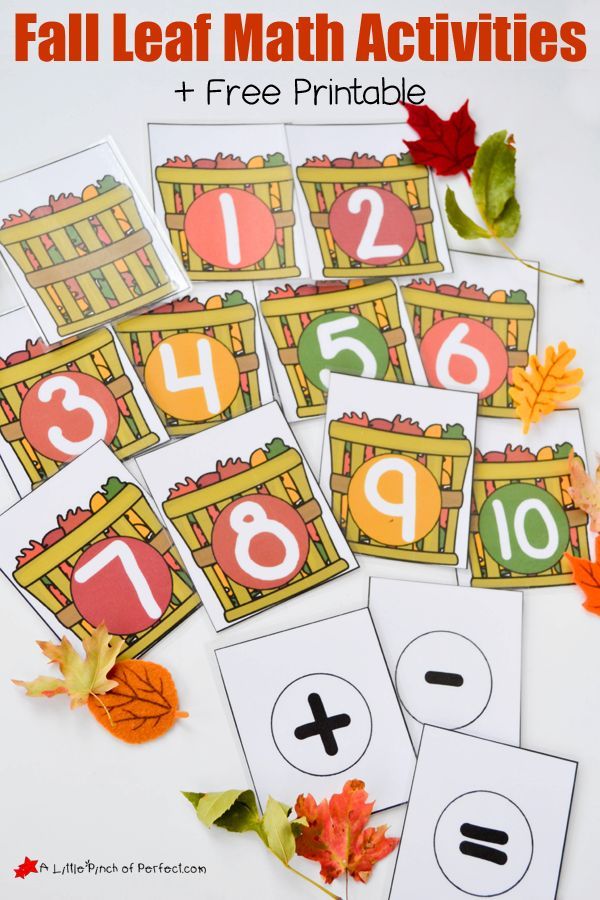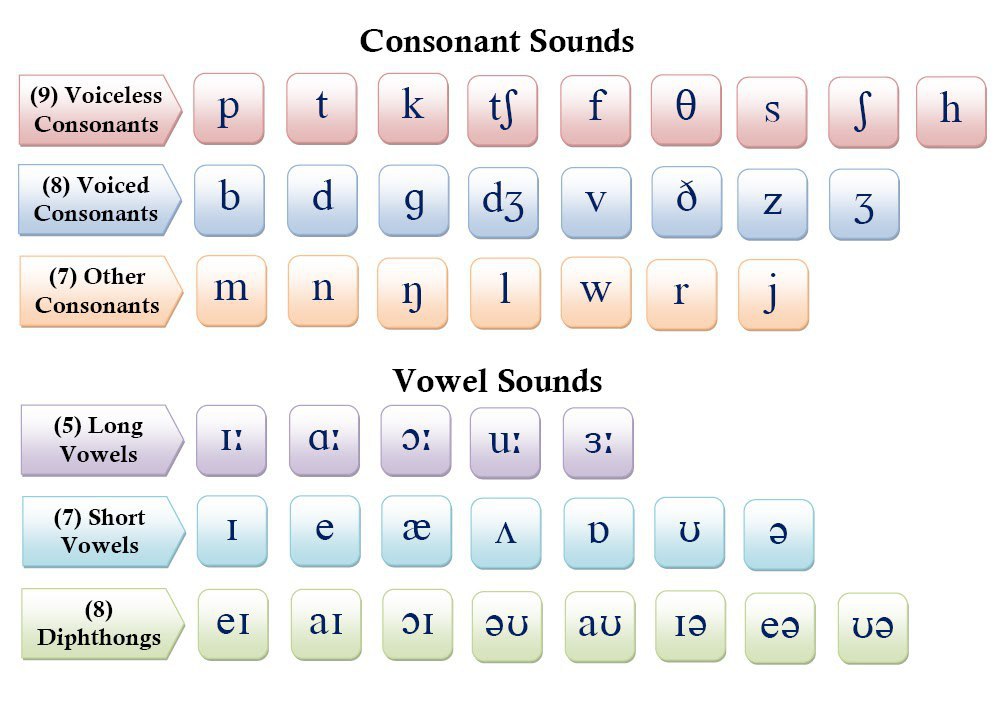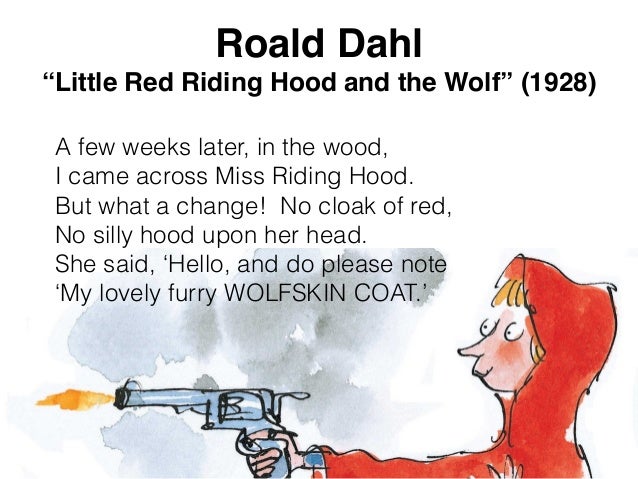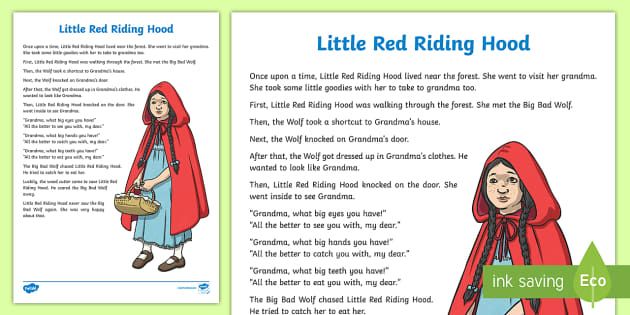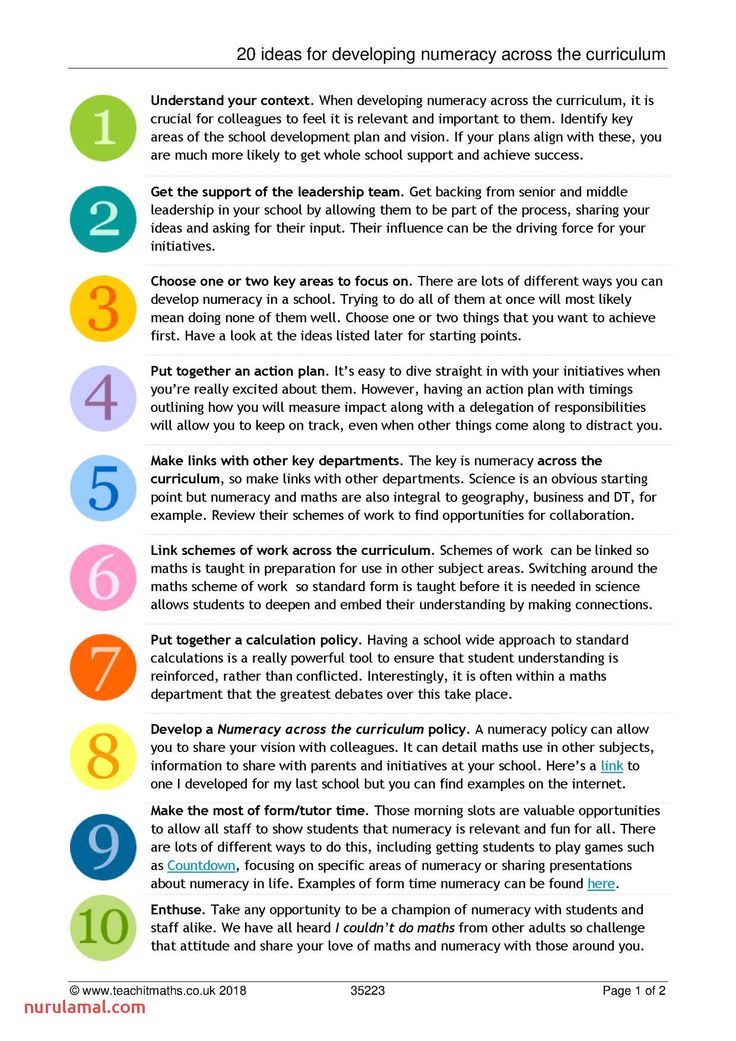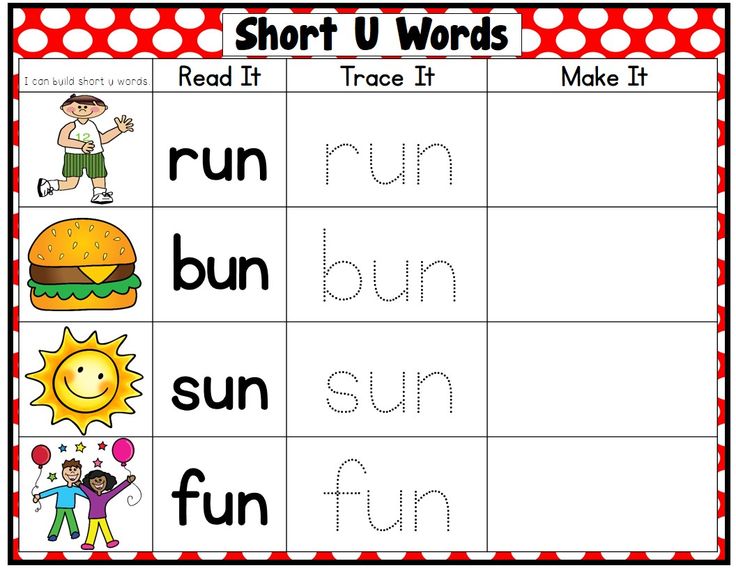Learning alphabet letters
Learning the Alphabet: Best Activities for the ABCs
What’s the best way for kids to learn the alphabet?PLAY. OF COURSE! As much as we might think adults need to have a big hand and push into kids learning the alphabet, that’s just not always the case: Kids learn the alphabet when they play with it.
No stressing needed in the early years.
RELATED: Looking for a year’s worth of learning all done for you? Check out Playing Preschool.
How do you help your child learn the alphabet?By letting them play with it. Kids need exposure to it – the same way they have exposure to animals, dolls, cars, trucks, numbers, and blocks.
The truth is: memorizing letter names is just that , memorizing. While it may seem super fancy, memorizing letter names is no different than memorizing dinosaur names, color words, princesses, and Paw Patrol characters.
It’s memorizing the name of a symbol.
The difference is, parents have been told that memorizing the ABCs is the key to learning success. That’s just not true.
Learning in the early years shouldn’t be relegated to just memorizing. The early years is for learning to problem solve, communicate, critical think, to ask question, to take risks, to develop life long skills… and they develop all these through PLAY.
It all comes back to PLAY.
Learning the alphabet is no different than learning animals namesOur children see animals everywhere, and we encourage them to learn names and sounds as they do.
“That’s a cow. It says mooooo.”
Letters are no different. We are asking a child to memorize the name and the sound it makes.
“That’s an M. It says mmmmm.”
We don’t build up animal names. We don’t worry about animal names. We don’t buy flashcards to help memorize names and sounds faster.
But we do with letters.
We don’t need to.
Expose your child to letters as they play – as they’re interestedJust like we don’t push animals, or construction trucks, or dinosaur names on little kids if they aren’t interested… follow the same rule with letters.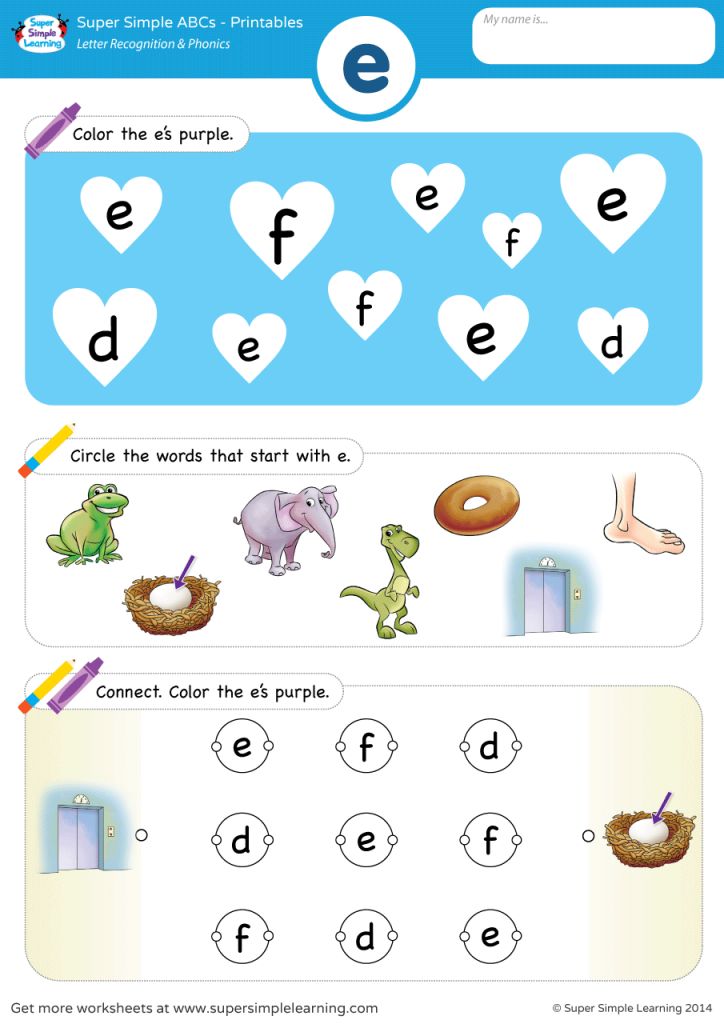
But if you DO HAVE A CHILD INTERESTED IN LETTERS, play with them. Answer questions. Be casual. Be cool. It’ll happen.
Remember, kids are expected to learn the alphabet IN KINDERGARTEN (that’s what the Common Core State Standards say).
Amazing activity to help your child PLAY with the alphabetHere’s some of our greatest hits from through the years that helped my kids learn their letters bit by bit.
Nothing fancy. Just play and fun, light and breezy.
Alphabet Scoop and TransferA combination literacy + sensory + life skills activity that can’t be beat. A good set of alphabet magnets (like the ones here) are a must!
Alphabet Match-upIdentifying capital letters and their small letter counterparts is a big deal… but it’s also similar to kids recognizing several breeds of bears or that Great Danes and Poodles are both dogs.
It’s another skill that grows over time.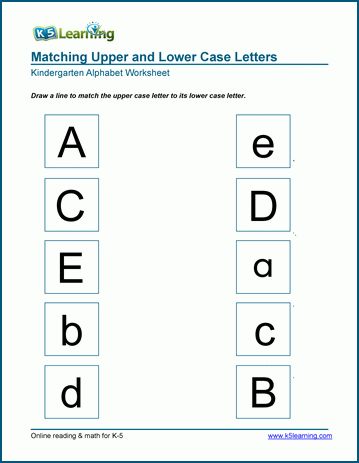
A little art + letter recognition here, and this activity uses alphabet magnets too. They’re an important toy/supply to keep on hand!
ABC Puzzle BinThe tag line is right here: all these supplies came from the Dollar Store! The Dollar Store is a GREAT place to find activity supplies.
ABC & Color SortI spy alphabet magnets again!!! This is a FUN activity for littles – because it’s a color sorting activity that uses alphabet pieces as the materials. My son (in this photo) didn’t know his ABCs yet, but he had a ball playing with them.
Post-It MatchAlways a favorite! This is a MATCHING activity – and my daughter had a ball trying to put her letters back in alphabetical order.
ABC TubeGrab your toilet tube collection and your dot stickers. This is a great (and portable!) activity for kids.
Alphabet FindA classic here.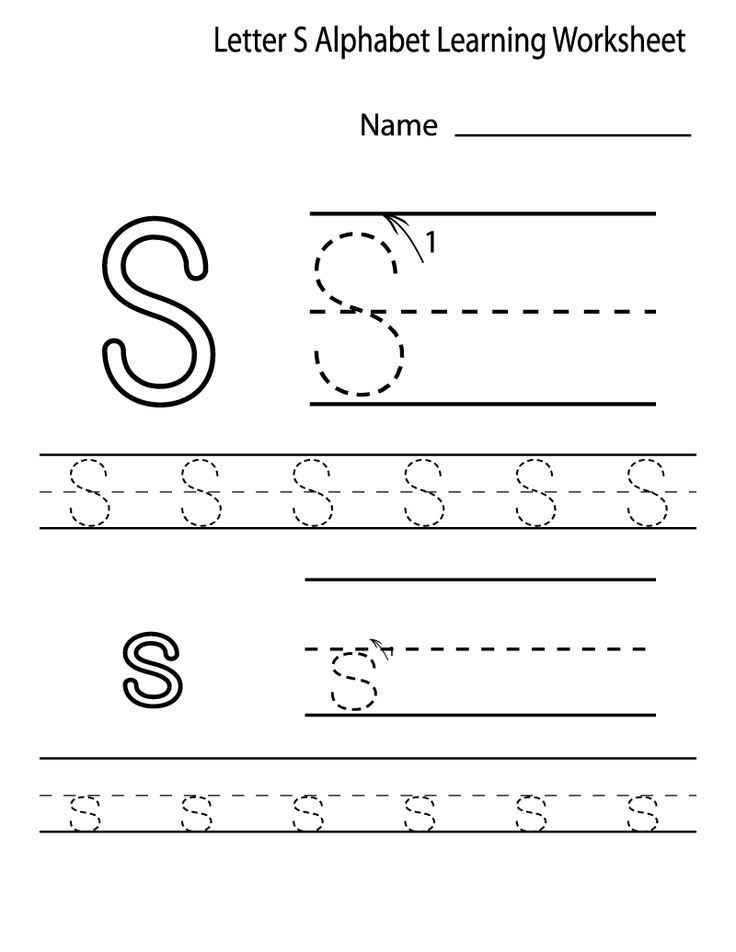 This has been on repeat since 2016 and we play it ALL THE TIME. It’s part letters, part gross motor, and one of the greatest “sittervising” activities of my life.
This has been on repeat since 2016 and we play it ALL THE TIME. It’s part letters, part gross motor, and one of the greatest “sittervising” activities of my life.
An activity that focuses on “tricky letters.” This activity is for all those letters that look different in capital vs lower case form. Ss and Cc are easy letters. Ee and Gg? Tricky letters.
Alphabet MatchHello to one of my favorite activities and favorite TRICKS. Yes, that sharpie really does come off. And everyone say hi to my alphabet magnets yet again…
Erase the ABCsI can still remember the first time we did this! Feels like yesterday so you know that makes me feel OLD. It’s a classic for a reason… and the reason I got so many dinners made with 3 under 4.
Puzzle UnwrapLook at this cutie unwrapping his puzzle pieces. What kid doesn’t love opening a present? 26 alphabet puzzle pieces is one mighty fine way to play with the ABCs.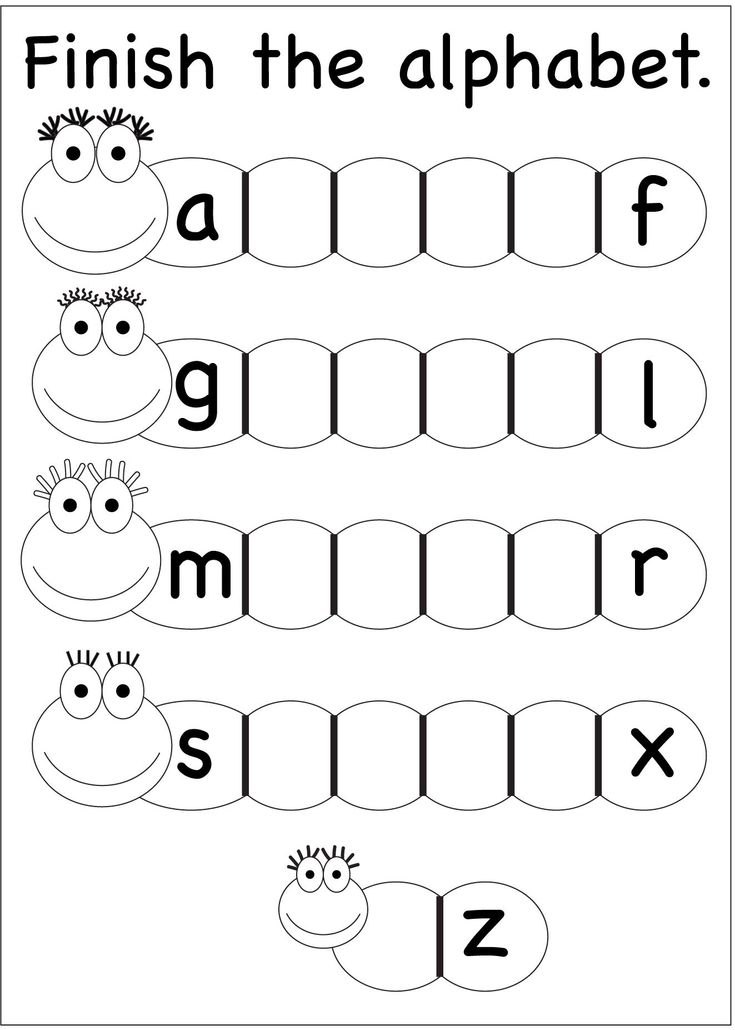
Featuring one of my favorite alphabet toys: the foam bath letters. Not just for the bath, and totally awesome to play with. We still have a set of these!
Above all else, remember: learning the letters is about exposure NOT drillingYou don’t need to drill the alphabet.
You don’t need to stress about the alphabet.
Have some alphabet toys and have some fun… and keep remember: they learned their animal names and sounds just fine. This will happen too.
LEARNING THE ALPHABET - 20 SIMPLE HANDS-ON ACTIVITIES TO TRY
Twenty fun hands-on ways to learn the alphabet at preschool, kindergarten or at home.
At preschool and kindergarten, learning about the alphabet - being able to recognise letters and the sounds they make should be fun, engaging and hands-on for this age group particularly.
Preschoolers don't need flash cards or worksheets to help them learn letters but they do need to be exposed to a varied vocabulary and print from an early age so they grow up appreciating how valuable language is for communicating effectively with others.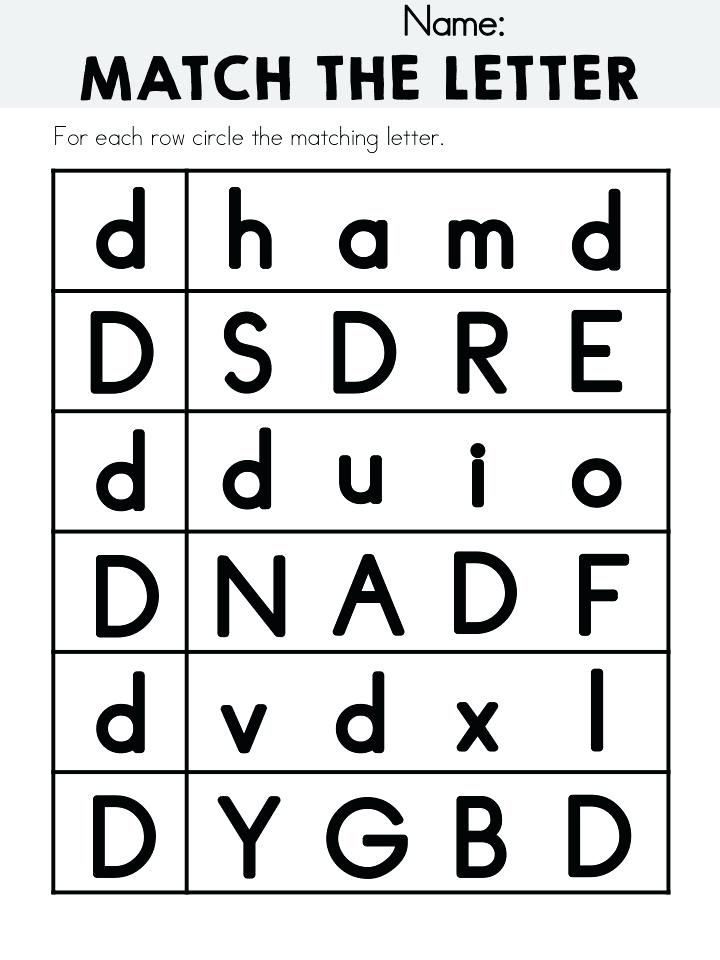
Children need to learn both letter recognition and the sounds the letters make. Many of these playful alphabet activities are suitable for small group or independent work at school or can be tried at home.
This post contains affiliate links.
These initial sounds alphabet mats help children to practice differentiating between beginning letter sounds in words.
Print, laminate (if you want) and add some counters to mark the words that start with the letter.
Alternatively, add some play dough so children can make the letter as well as search for the correct sounding words.
Want these alphabet mats for your classroom? You can find them here.
Car crazy kids? Try these alphabet car parking mats to get them looking at letters.
Add either lower case letters to match 1:1 or add upper case letters to the cars to change the task. You can download these car park mats from here.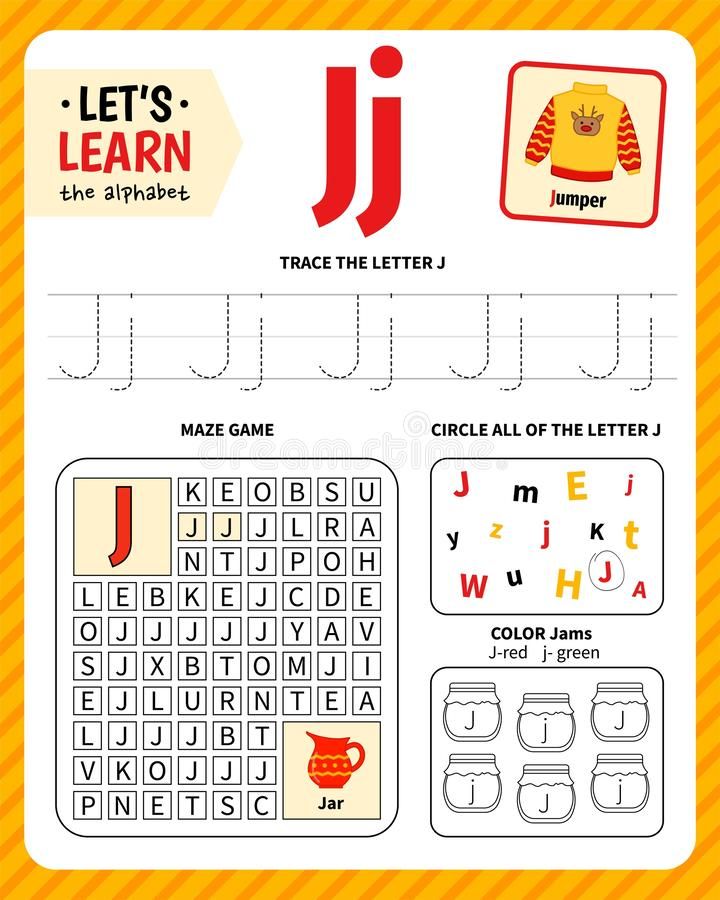
You can create your own resources simply and cheaply.
I made these letter rocks years ago with a permanent marker and they've been a hit every time we use them in class.
Magnetic letters are a must have resource in the Early Years. We use them frequently in class and we have another set at home.
Here we paired them with these initial sound match cards. You can find these printable cards here.
YOU MIGHT ALSO LIKE
I finally got around to making my own set of letters and numbers to play SPLAT with.
Originally I used our Jolly Phonics sight word flowers but there's just something extra fun about splatting giant flies! I've made a set of upper case and lower case letters along with numbers from 1-20 for my class.
You can grab our Fly Swat cards FREE from here.
Use your Duplo blocks to create this upper and lower case letter matching activity.
Once children have matched all the letters, they can work together to put them in alphabetical order too.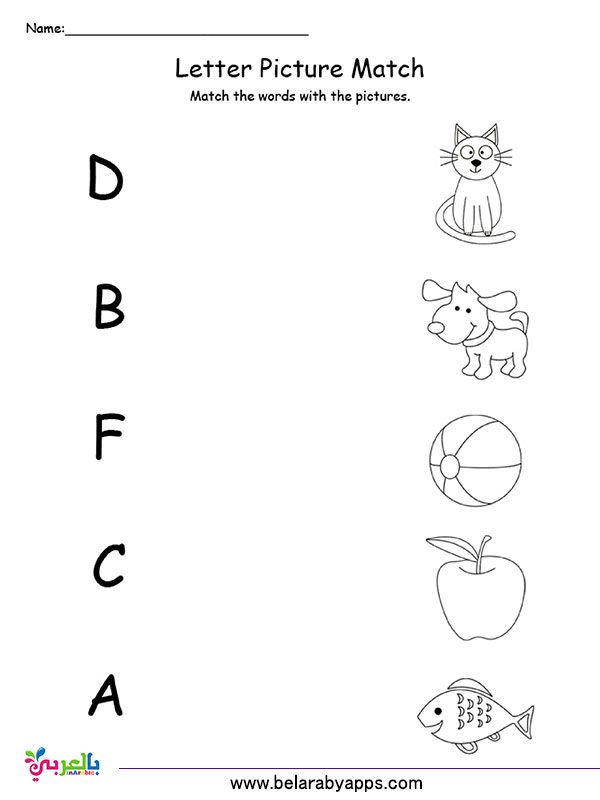
These initial sounds cards are great starter for children learning letter sounds.
With only three objects to choose between, you can more easily eliminate the incorrect sounds. You can find these cards here.
Game play is always popular with my students. They loved trying to find their way through these beginning letter sound mazes which are a little more challenging!
They're a fun way to help reinforce initial sounds either in literacy centres or work stations.You can find these mazes mats here.
One letter sorting best saved for a warmer day, this invitation to sort letters was perfect for some of the sensory seekers in my class.
To play, just add some alphabet threading beads to a shallow tub of water and then use either large slotted spoons or a plastic cup with holes in the bottom to catch the letters before sorting them.
Maybe it's their shape but these letter match wheels have been part of our literacy centre rotations for years now.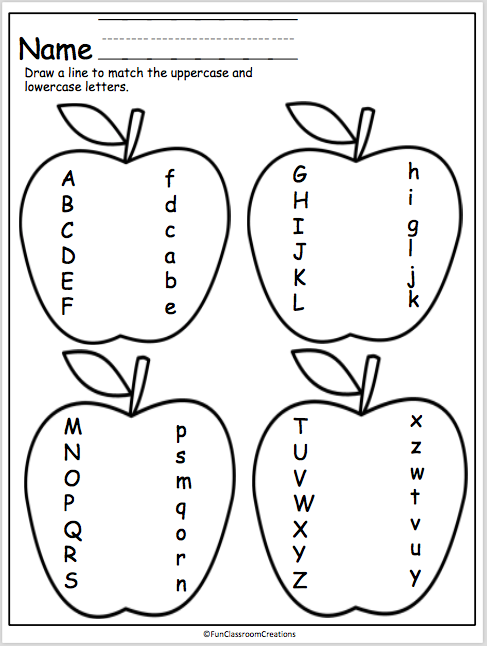
Withe three different types, they make differentiation easier within each group. You can find them here.
Different fonts can sometimes confuse young learners as they can change the shape of some letters quite dramatically.
To work on this, I created this simple printable using various fonts for children to sort the letters.
Sorting letters is an easy way to practice letter recognition and visual discrimination skills.
Do it with just lower case letters or mix upper and lower case letter together to sort.
Our Say It, Make It, Write It Mats have been used so many ways in our classroom.
Here we used an old Leapfrog toy from home to hear and then make and write the letter. You can download your copy of our Say It, Make It, Write It mats from here.
Some other fun ideas we've used from around the web -
Wipe off alphabet from Busy Toddler
Playdough to Plato Upper and Lower Case Peg Cards
Laughing Kids Learn Paper Plate Hack
Alphabet Outside Buggy and Buddy
Mom Inspired Life I Spy Sticker Alphabet
A Crafty Living Muddy Puddle Alphabet
Roll and make letters like Sugar Aunts
Make an I Spy Bottle like The Imagination Tree
Teaching children the alphabet
Coloring page for the letter A of the Russian alphabet
Learning the alphabet is an indispensable work in teaching reading.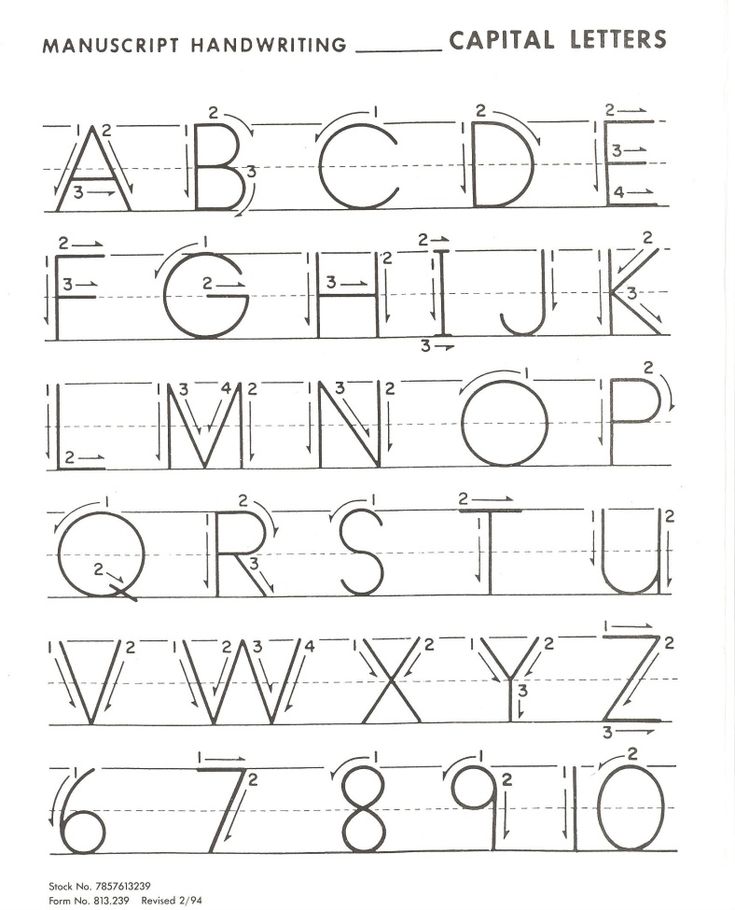 At the age of 4.5 - 5 years, the child is ready to learn letters and gain new knowledge in the field of literacy.
At the age of 4.5 - 5 years, the child is ready to learn letters and gain new knowledge in the field of literacy.
When learning the alphabet, it is imperative to use the baby's visual memory, and colorful visual materials will help in this.
A very effective method of memorizing letters is the association of a letter with a picture. Any lesson in learning the alphabet must take place on a voluntary basis.
Since the child cannot hold his attention for a long time, the study of the letters of the alphabet should take place in a playful way, with an abundance of colorful visual material.
Ways to learn the alphabet for children
Graphic material with letters
The alphabet on magnets, cards with pictures, cubes with letters - now children's stores are full of the most diverse didactic visual material. Each child is an individual, only you know how to arouse a child's interest in learning. We have developed an interesting section on our website - Letters of the alphabet in pictures.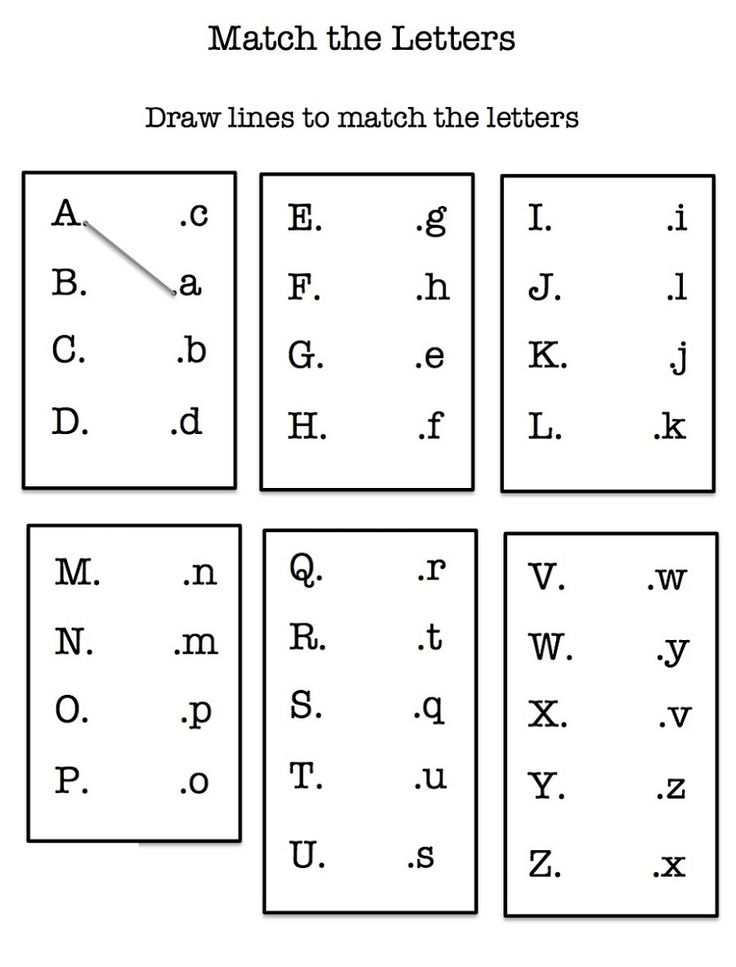
Educational cartoons and games
For many children, methods using a computer are very effective - children like different effects and color pictures, especially if they are accompanied by musical accompaniment.
Aids in learning the alphabet
Alphabet, primer, poetic alphabets.
Singing
You can learn the alphabet song, try it, and the alphabet will obey you many times faster. For everyone who is interested in the musical development of children, we have created a special section on sheet music for children's songs.
Coloring pages with letters
All children love coloring books. This is a very good, and most importantly unobtrusive way to fix the visual image.
Go to coloring pages
Association letters or living letters
The study of letters by using all the senses is very effective. A child remembers many times better if he develops intuitive associations with the material being studied.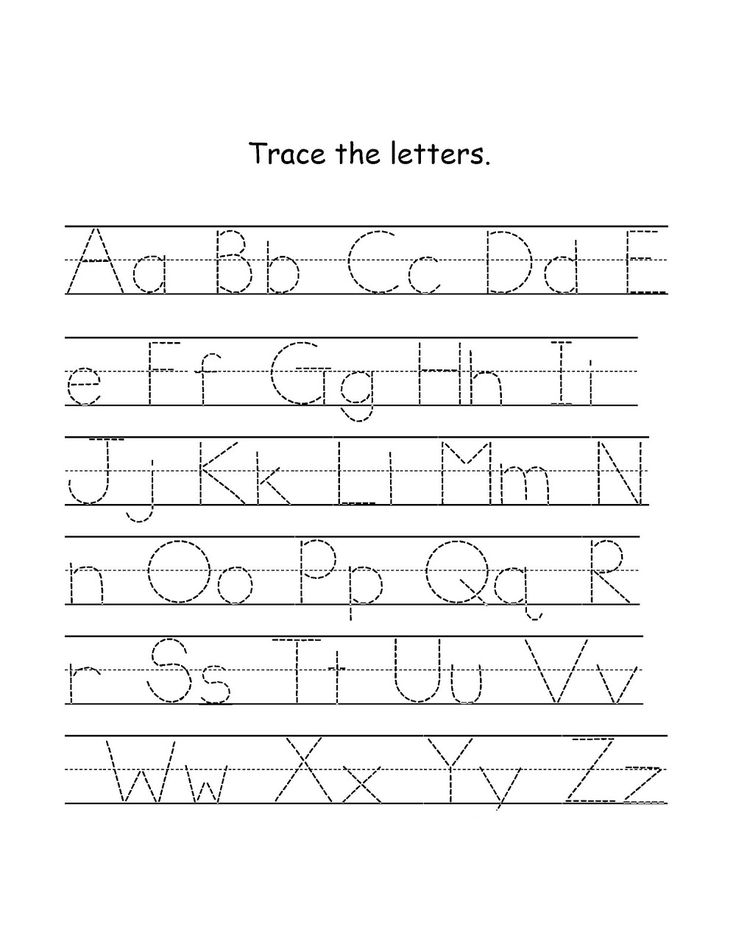 The same with letters. There is a method when we associate a letter not with some word (having this initial letter), but with onomatopoeia.
The same with letters. There is a method when we associate a letter not with some word (having this initial letter), but with onomatopoeia.
Let's revive the letters of the Russian alphabet together!
Coloring book for the letter B of the Russian alphabet
Letter A. Draw the letter A yourself - stand with your legs wide apart and say: Aaaaaaaaaa.
The letter B. The letter B is associated with the hippopotamus. You can show an example of a living letter B in the form of a sitting hippo with a big tummy.
Letter B. About the letter B, you can show a wonderful and funny picture of a frog in glasses and read a rhyme: A stick, There are two arms next to it - Here are the glasses for the frog! All. Memorization of the letter B is guaranteed.
The letter G. This letter is like a poker, show the child a picture of the poker and explain what it is for.
Living letter B
Living letter B
Living letter Yo
Living letter Y
Coloring for the letter D of the Russian alphabet
Letter D.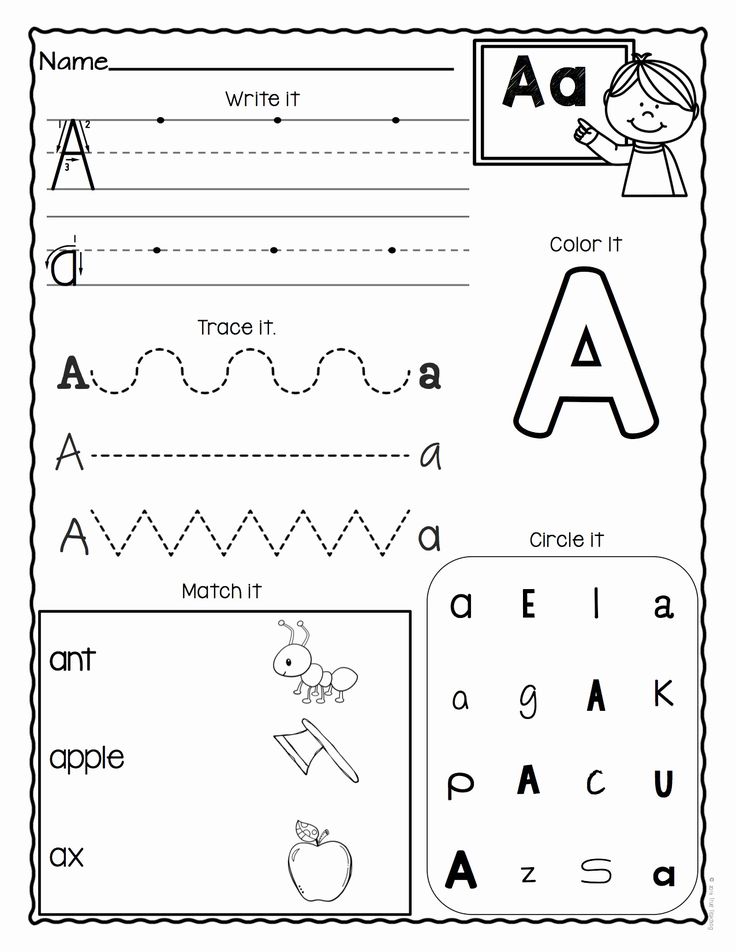 It is best remembered when associated with a house. Perhaps this is the best association, since the resemblance is obvious.
It is best remembered when associated with a house. Perhaps this is the best association, since the resemblance is obvious.
The letter E. Often associated with a raccoon. Try this letter in continuation of the lower transverse stick to draw a striped tail, you get a cute raccoon.
The letter Y. The letter Y looks very nice when it is depicted as a sitting hedgehog, on whose head two apples are put on needles.
Letter Zh. Association with a beetle. Draw eyes on the cardboard letter, demonstrate how it buzzes and crawls on the sofa.
Letter Z. Tell your child that mosquitoes love the letter Z. Does he remember how the mosquito squeaks? Z-z-zz-zzzz. Right! And the letter Z is very similar to the number 3, they are just like twins!
The letter I. This letter can be compared to a gate, where between two large boards one lay obliquely! The letter J.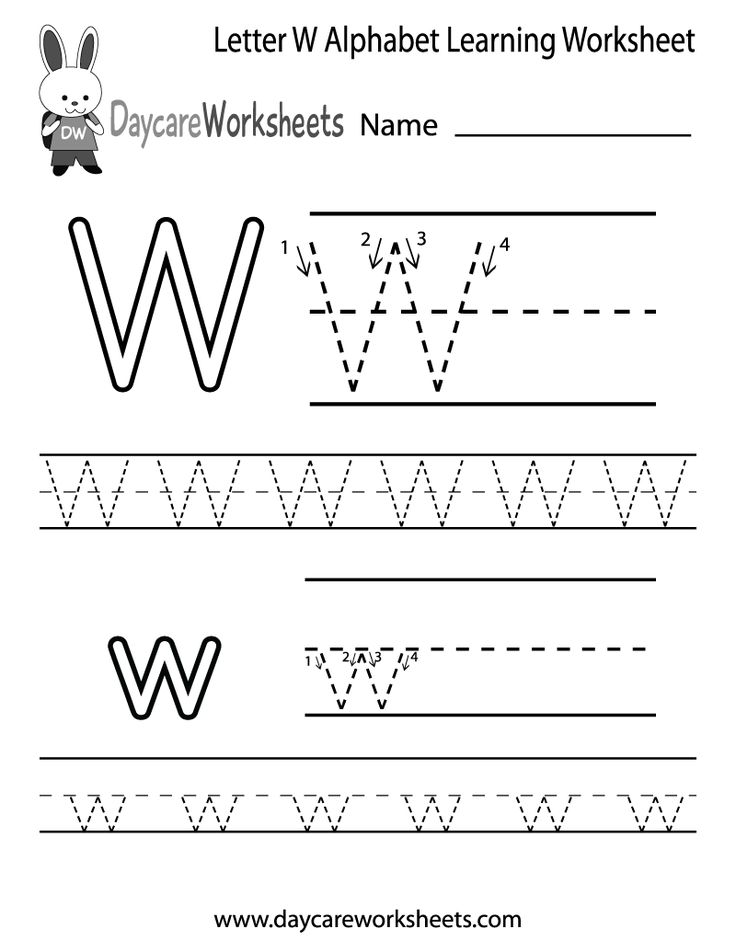 This is the same I, only a bird flies from above the gate. Therefore, the letter has a peculiar tail.
This is the same I, only a bird flies from above the gate. Therefore, the letter has a peculiar tail.
Letter K. Ask the child if he knows what sounds the cuckoo makes? That's right: ku-ku. And the letter K also knows how to cuckoo. Ku-ku! And the word cuckoo starts with the letter K!
Letter L. Letter L lives in the forest. In a hut. Oh, how she looks like a hut! And many beautiful human names begin with the letter L: Lisa, Luda, Lera, Lada, Lenya, Lesha, Leva, Lena!
The letter M. The letter M looks like a swing. Do you like swinging? The letter M is the favorite letter of the kids, because the word MAMA begins with it...
Letter H. People, mice, cats walk along the path with this letter. You guessed it, legs! And the legs start with the letter H! Show how you walk with your feet on the path. And how do you run on the track! Oh, what fast legs!
Letter O. Letter O is the roundest letter in the world! Look at the wheel - and you will see the letter O! And what else is the same round you know? Bagel, lifeline, watch! And when you pronounce the sound [o], then your mouth also becomes round - try it!
Letter P.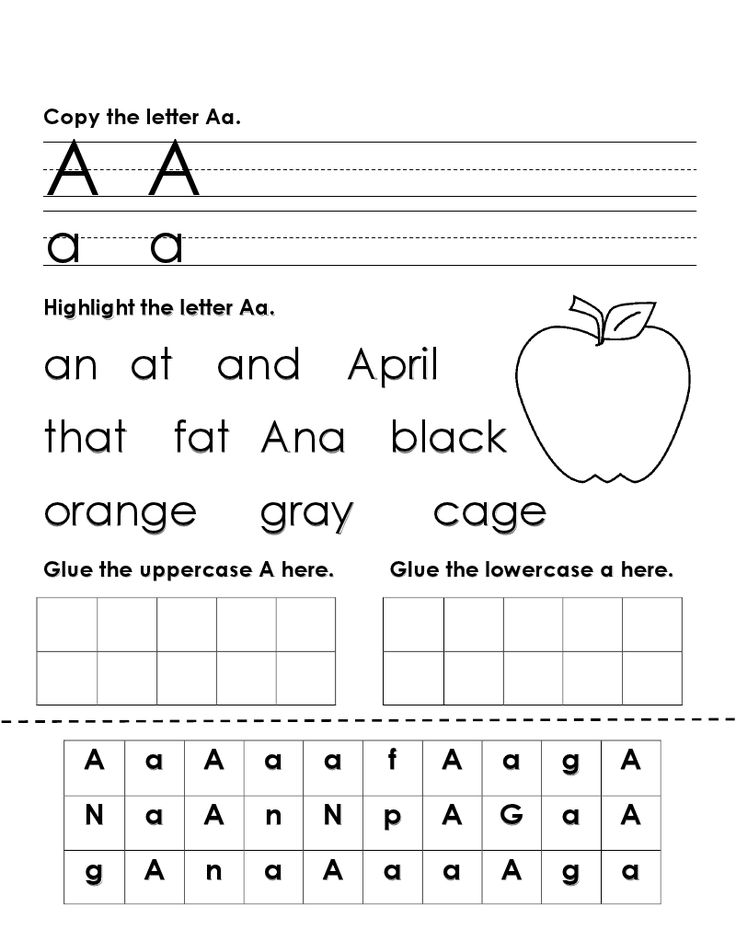 Letter P - two poles and a crossbar. She looks like a gate. The names of many beautiful birds begin with this letter - a rooster, a peacock, a parrot!
Letter P - two poles and a crossbar. She looks like a gate. The names of many beautiful birds begin with this letter - a rooster, a peacock, a parrot!
The letter P. The letter P is the only letter of the alphabet that can growl. Try to growl like the letter R. And what animals growl also? Tiger, dog, lion, wolf!
The letter C. The letter C may resemble a moon, a bitten bagel, a yoke, a boomerang, or some kind of toy surrounded by a child. And if you say the sound [s], then you get an imitation of loose sand.
The letter T. The letter T resembles a telephone receiver, or a pump handle, and also looks like a hammer.
Living letters are aimed at the child's associative memory. At the right moment, the child will be able to remember the association "picture - letter shape - letter name". The child himself can come up with an association to the letter, support him in this direction.
U.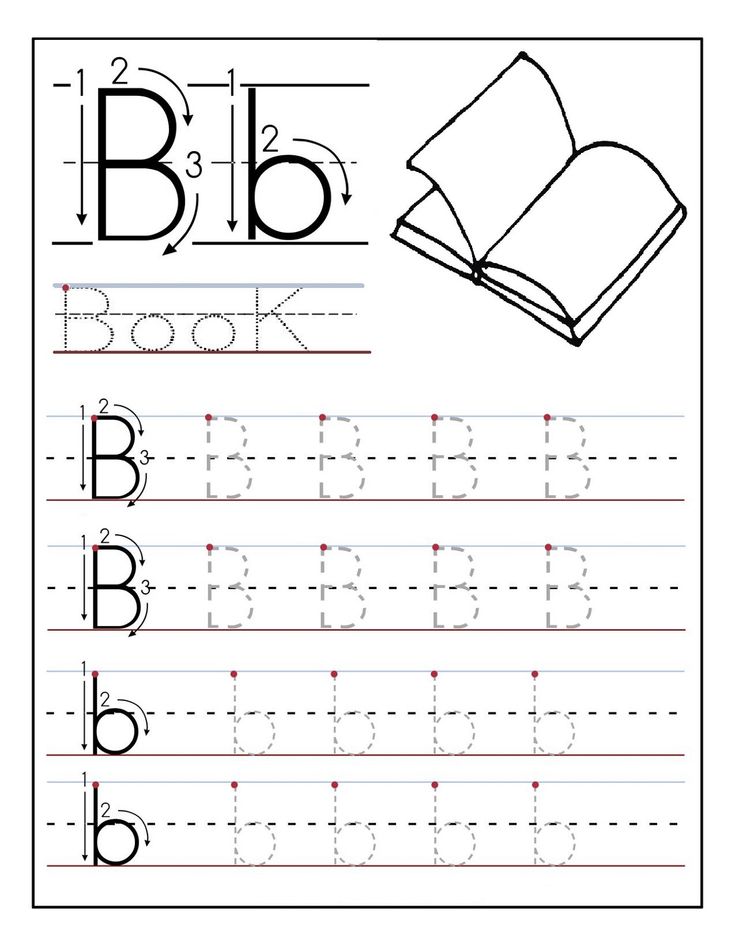 Can be an airplane if cut out of cardboard and flipped over. And when she flies around the room, she buzzes like this: Uuuuuuuuuuuuu.....
Can be an airplane if cut out of cardboard and flipped over. And when she flies around the room, she buzzes like this: Uuuuuuuuuuuuu.....
Letter F. Letter F puffs like a disgruntled hedgehog, try it yourself!
Letter X. The letter X is best associated with a cross and can be easily shown by crossing fingers. Try to draw it with your child.
The letter C. The letter C, like a proud heron, arched its neck. This letter also has a short tail, show me where?
The letter C. The letter C is similar to the number four. And it can also resemble a small turtle with a curved neck. Oh, this letter H - but if you say it softly, then it has a calming effect - say quietly hhhhh.
Letter Ш. Letter Ш is similar to the letter Ш, but has a tail. And she is also a ratchet - you add the letter Щ to the word and it starts to crack and snap its teeth - pike, heck, cheek, stubble!
Letter Y.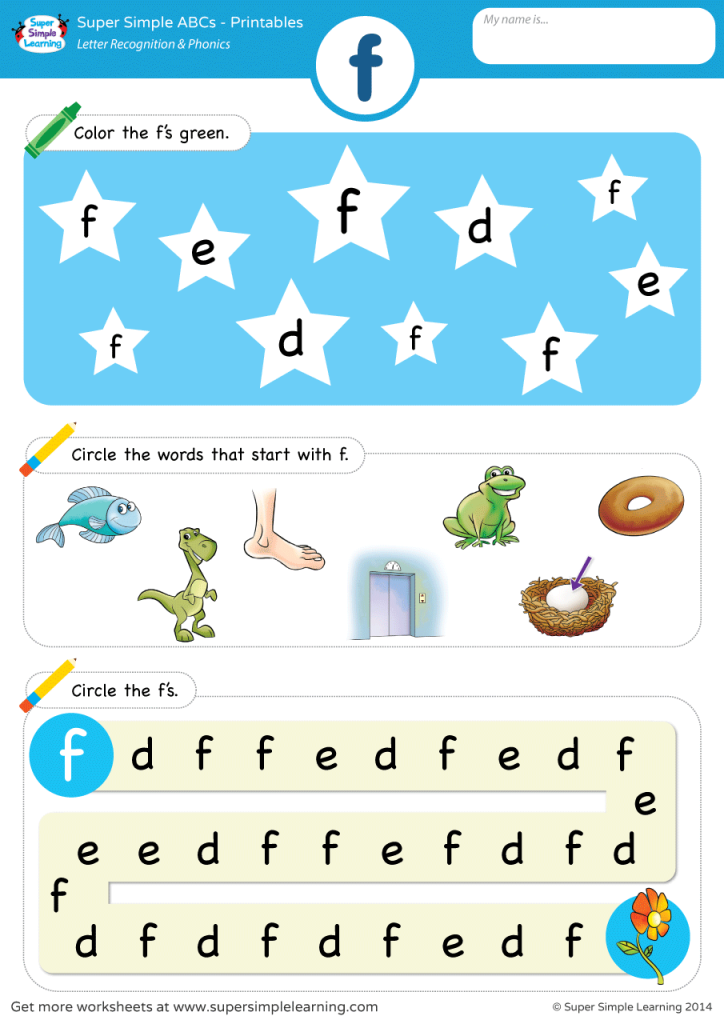 Letter Y
Letter Y
And so you can revive all the letters of the alphabet. This study of letters is very fun and exciting. Try different methods of learning letters with your child, use all his senses and then learning the alphabet will not be a burden.
Coloring pages for children online
Sly fox
Brave Tiger
Wise Owl
Bear with a bag
Learning the alphabet: methods, exercises and games for children
The alphabet is the foundation of reading. Therefore, before you start reading and writing, teach your children the letters.
Children can start learning to read as early as preschool age. Parents and teachers need to teach their child how to pronounce sounds correctly in their native language. These are important prerequisites for learning letters and learning to read successfully. The educational process of preschool children is based on visual, acoustic and tactile exercises. The use of various channels of perception in the educational process increases its effectiveness and stimulates long-term memorization of letters.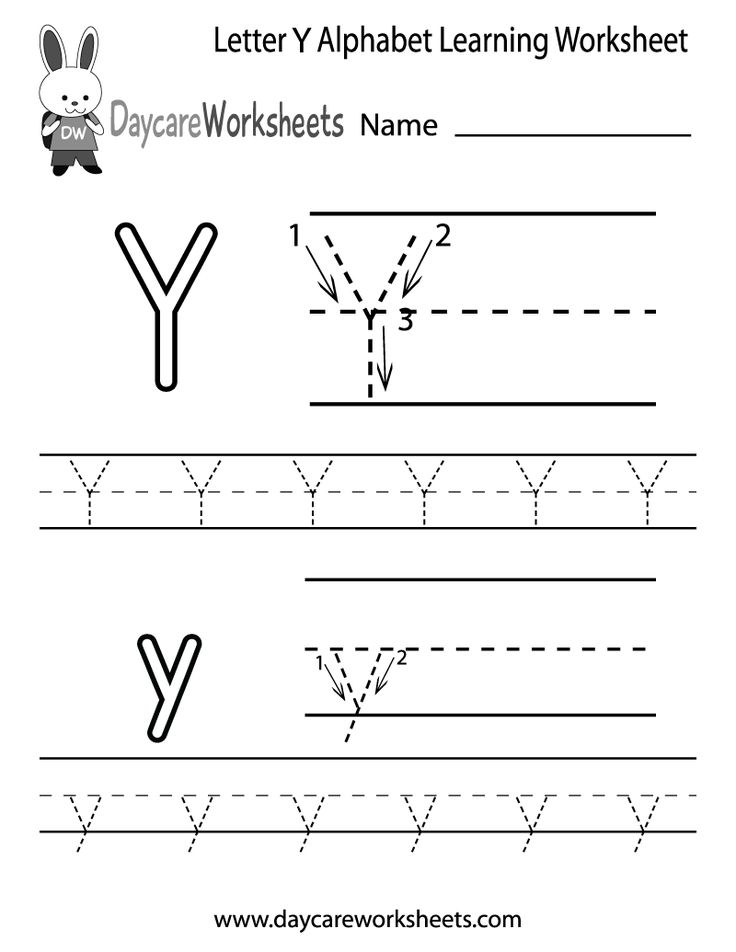
Learning the alphabet: introducing the child to the alphabet.
To master reading, a child must learn and recognize not only the graphic form of letters, but also be able to match them with their corresponding sounds. This means that the child must be able to write letters and pronounce them. When the child learns to correctly pronounce all the sounds in his native language and distinguish letters by visual form, go directly to reading. As a rule, at the age of 5-6 years, most children no longer experience difficulties in this.
See also: Reading and bilingualism. Bilingualism in children
From the age of 5 to 6, children begin to understand that there is a lot of information encoded in language using letters. Thus, they are interested in learning to read by then, as they are naturally curious.
Of course, babies can learn and memorize individual letters quite early. However, their interest, mostly spontaneous, is directed to individual words and letters.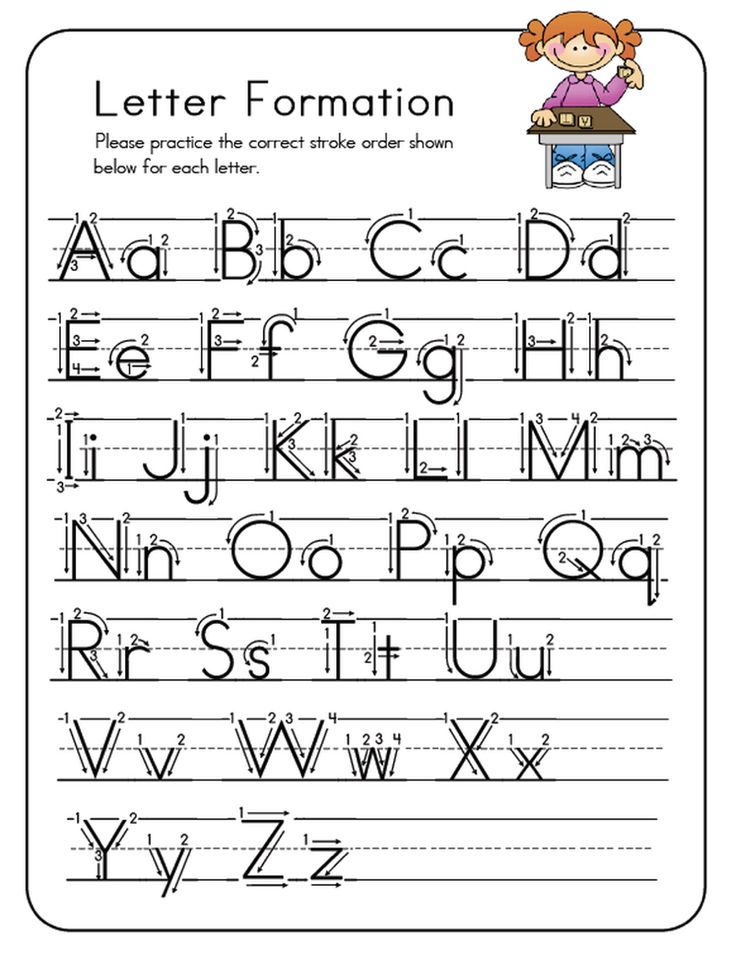 Here it is important to gently motivate the child by encouraging him to learn through games and a comfortable environment. However, too much pressure can lead to stress, causing little ones to lose any motivation to learn letters.
Here it is important to gently motivate the child by encouraging him to learn through games and a comfortable environment. However, too much pressure can lead to stress, causing little ones to lose any motivation to learn letters.
Alphabet learning games
The first rule of learning the alphabet: learn the letters one by one!
Don't forget, each letter is made up of visually similar elements. If you try to teach a child several letters at a time, he may become confused. Learn the letters one by one. One lesson - one letter.
The second rule of learning the alphabet: take your time!
Give your child enough time for each letter. Plan 1-2 lessons for each new letter. Organize the lesson in a form that is interesting for the child with the help of games.
Tactile method: from studying letters to reading
The child sees something abstract in a letter. Chains of associations will help in learning letters.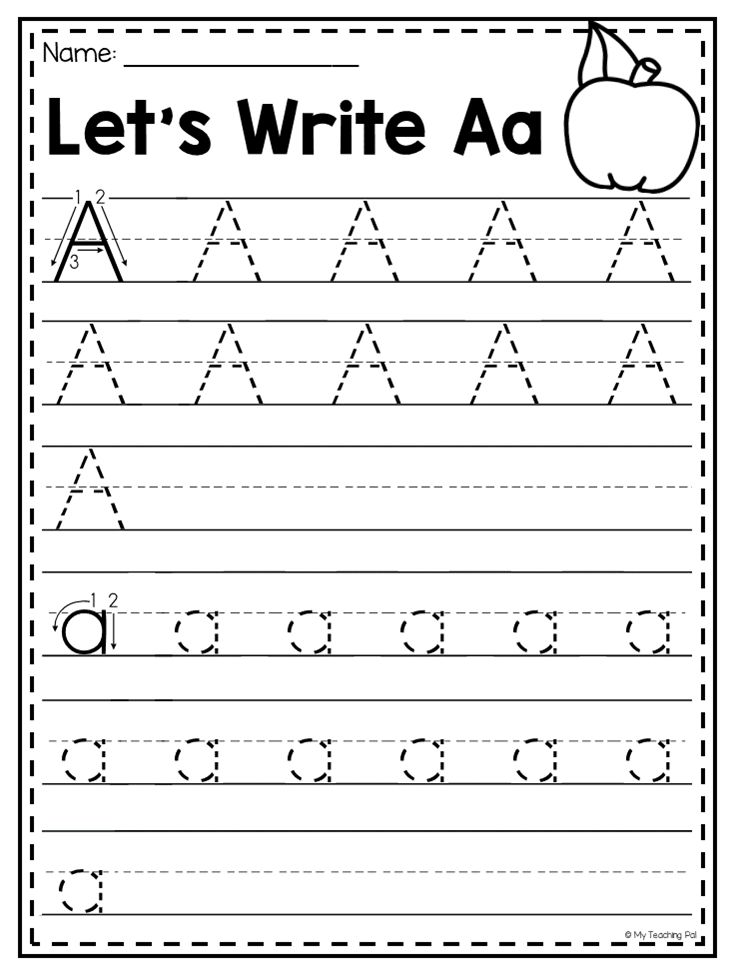 Associating each letter with something specific or familiar helps the child fix it in his memory.
Associating each letter with something specific or familiar helps the child fix it in his memory.
1. Make a letter out of plasticine
Memorize what a letter looks like and develop fine motor skills.
We will need: plasticine (should be elastic), modeling board and a disposable plastic knife.
Together with your child, roll out 8 approximately identical sausages from plasticine. 2 - divide in half, 2 - divide into 3 parts. From the remaining 4, make rings by blinding their edges and cut 2 of them in half, creating semicircles. Thus, you should get a set of elements to compose any letters of the alphabet. Show the child a couple of examples and ask them to repeat, collecting previously passed letters.
2. Magic wands
Let's memorize letters, learn how to make letters from sticks, learn how to transform letters.
We need: a set of counting sticks. If not, you can replace with matches or toothpicks.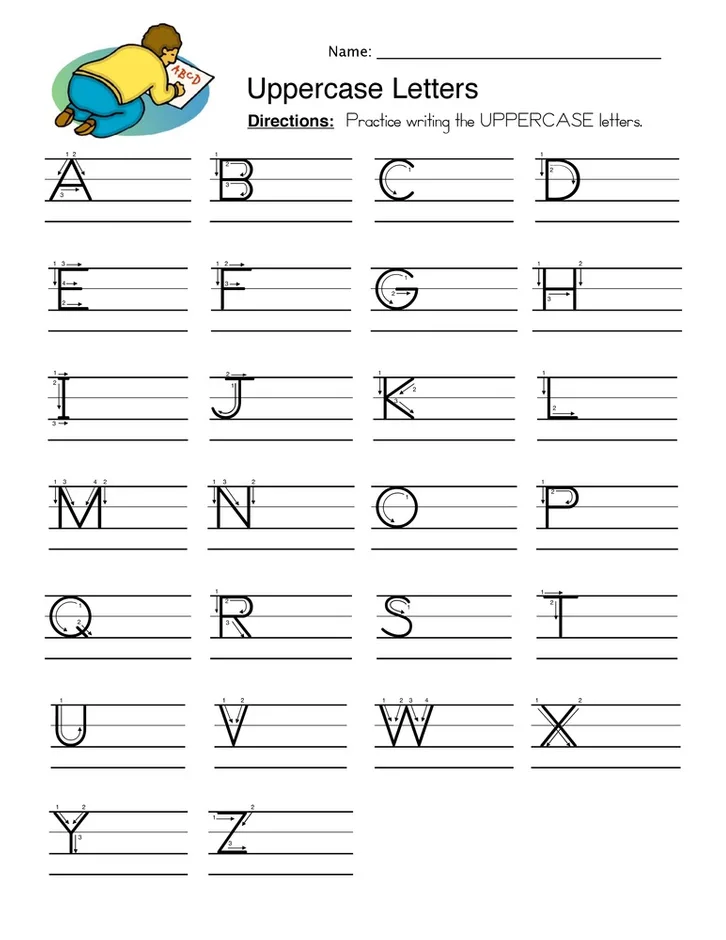
The easiest way is to lay out letters from sticks according to a pattern or without a pattern (according to the idea). When the child learns to lay out all the letters, you can complicate the task by laying out objects familiar to the child from them, and then ask them to change them, for example, make a figure resembling a door out of sticks, and then ask the child to remove 2 sticks to make the letter P.
3. Tactile letters
Memorize letters and develop fine motor skills
We will need: sandpaper, velvet paper, scissors.
Cut out letters from sandpaper or velvet paper. The child will have to close his eyes to identify the letter by touch.
4. Draw a letter on the semolina
Memorize letters, develop fine motor skills
We will need: a bright dish tray, semolina
Pour sand or semolina in a thin layer on the tray. Set an example for your child, show how to write letters on the croup with a finger or a stick.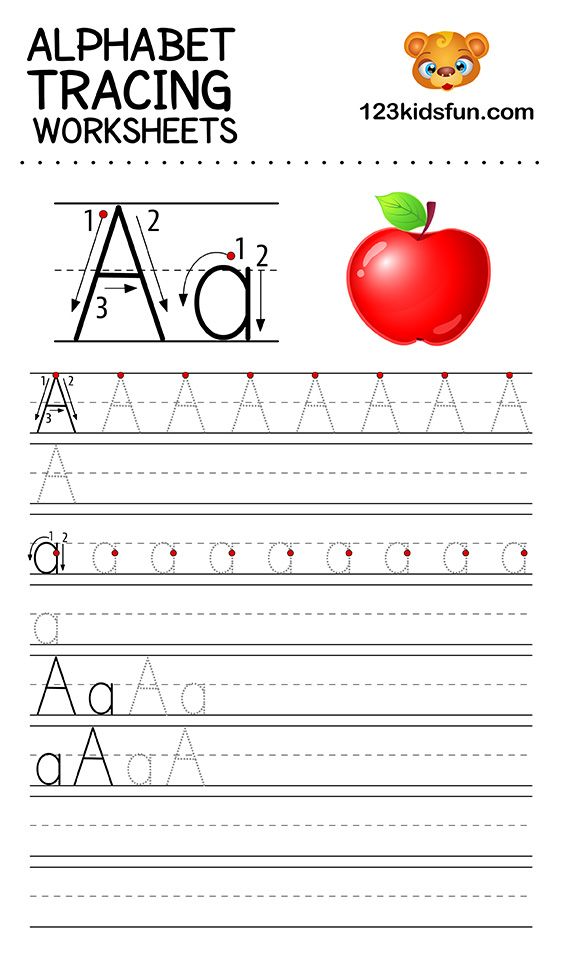 Ask him to write next to the letter, the same as you wrote, to write a letter more or less than yours, to add an unfinished letter, or to erase the extra detail of the "wrong" letter. Children will like this game, just shake the tray a little, and the mistake or inaccuracy made disappears!
Ask him to write next to the letter, the same as you wrote, to write a letter more or less than yours, to add an unfinished letter, or to erase the extra detail of the "wrong" letter. Children will like this game, just shake the tray a little, and the mistake or inaccuracy made disappears!
5. Mirror letter
Memorize letters and train attention
We will need: cardboard, pencil and scissors
Prepare identical cards cards, 2 pieces for each letter. Write 1 letter on each card. Write the letters in mirror image and correctly. Lay out cards with the same letter in front of the child and offer to choose the correct one.
6. Memory test game
Train memory
We will need: scissors, cardboard and a pencil
The game "Memory Test" will challenge even older children. Write each capital letter on one card and lowercase letter on the other card. Turn over all the cards and place them on the table.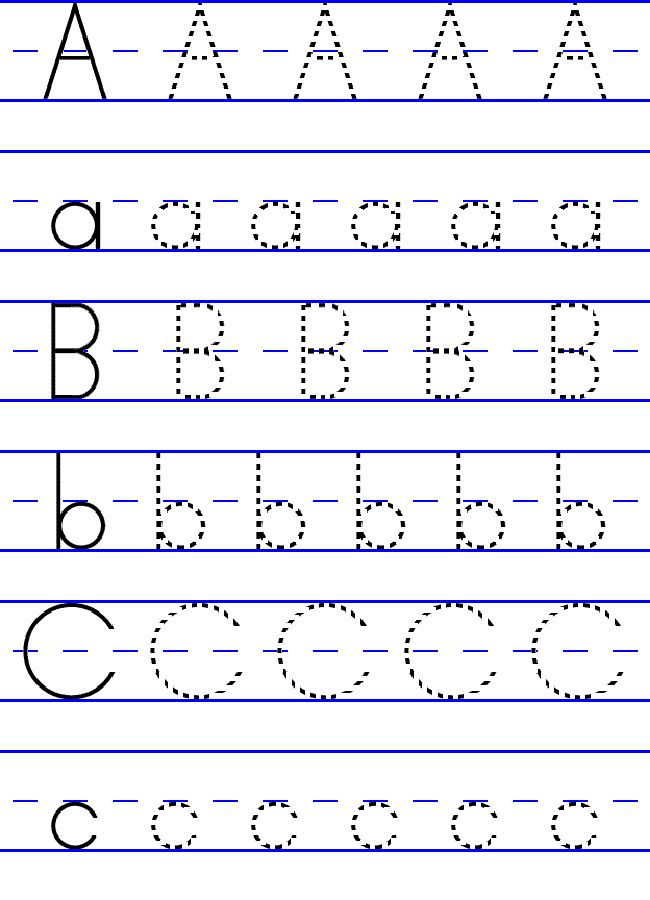 Ask your child to match uppercase and lowercase letters. You can complicate and add a dictionary element. Have the children match the letter of the alphabet with the picture that starts with that letter.
Ask your child to match uppercase and lowercase letters. You can complicate and add a dictionary element. Have the children match the letter of the alphabet with the picture that starts with that letter.
7. Bean bag
Memory training
We will need: a bag of beans or other bulk material, a tablecloth or a large piece of paper.
If you want to warm up a little while you study the letters, play a game of Beanbag. Write the alphabet randomly on a large piece of paper. Give the children a bean bag and ask them to put it on paper. The child must name a word that begins with the letter on which the bag fell. If a student is stuck, help him.
Ask your child to check the chosen letter with letters from the alphabet. Be sure to ask the name of the letter. The exercise will help children learn to distinguish visually similar letters and avoid mistakes when writing them in the future.
Drawing, coloring, cutting letters out of paper and gluing them together develop fine motor skills in children.